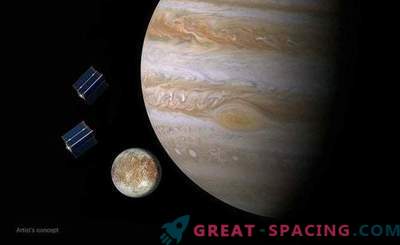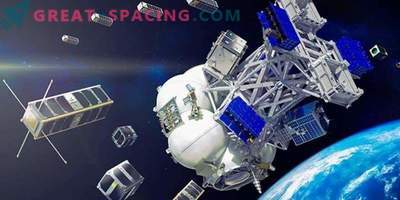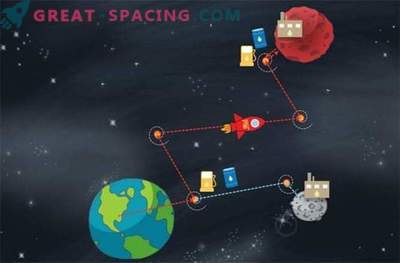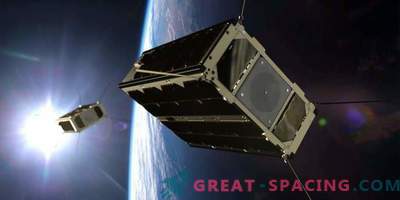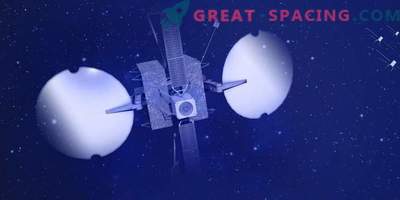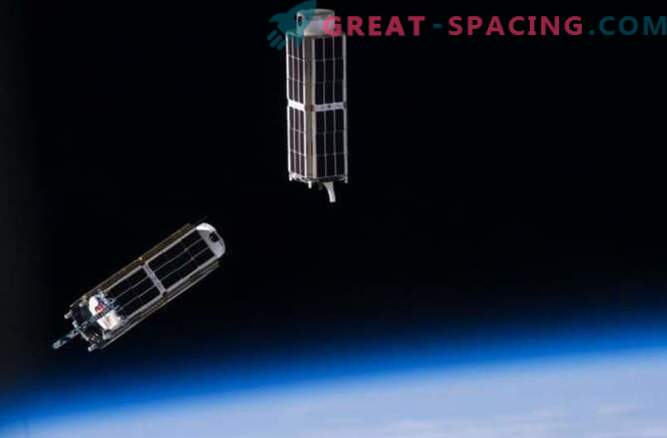
These nano-satellites will be delivered by a traditional NASA rocket, so that later, using sunlight and water, to start movement in the mechanism.
What is this project?
A team of engineering students from Cornell University is hoping to deliver a satellite to lunar orbit by 2018 as its student graduation work. This is a kind of check to get your tuition check. And this is not some old satellite. This is an item the size of a box of cornflakes. And the mechanism is going to use water as the main propellant.
The Cislunar Explorers project is one of several competitors in the NASA Cube Quest Challenge. The goal of the competition is to develop very small satellites capable of performing advanced operations both in lunar orbit and in deep space. The Cornell project, like all of NASA's competitors in general, is based on the CubeSat design technology, which focuses on creating small and inexpensive satellites with ready-made components (the NASA image shows two such satellites in orbit). CubeSat (which is sometimes called nanosatellites) is a spacecraft used for scientific and research projects and their weight does not exceed 3 pounds. They are often installed as additional equipment on previously unplanned missions.
This is also the case with the Cornell CubeSat, which can be the first such satellite to go into orbit of the Moon if it can attach to the NASA Space Launch System (SLS) rocket in early 2018. Like other CubeSat, the Cornell satellite must grasp the principle of the technology of launching and flying a traditional rocket to go into space. But once there, the miniature spacecraft will continue its path into orbit with the help of a rather curious propellant - water.
If everything goes well, it will function as follows: after disconnecting from the rocket, CubeSat will be divided into two L-shaped components. In each part there will be a small compartment with water, which will be converted into hydrogen and oxygen by electrolysis (the use of solar energy). Controlled burning will provide the thrust needed to move the ship into lunar orbit (6,200 miles above the lunar surface). In addition to the water mechanism, Cornell CubeSat plans to use an optical navigation system in which the cameras record the path of the Earth, the Sun and the Moon.
The student team is led by former NASA chief technologist and associate professor of mechanical and aerospace engineering at Cornell Mason Peck. He says that a water-based propulsion system is a broad perspective on the use of resources available in outer space (such as sunlight) to power a spacecraft.
“We send a lot of mass into orbit as rockets - this is the only way we deliver something to space,” says Peck in a video project. “But what if we could use what is already there?” That is, if we were able to refuel the spacecraft while they were in outer space, we would have done much more. And we would not have to constantly navigate and be distracted by supplies from the Earth. ”


